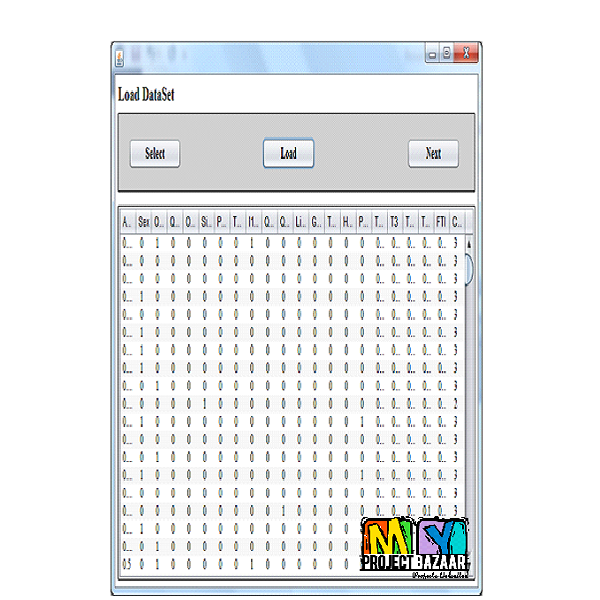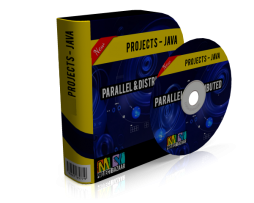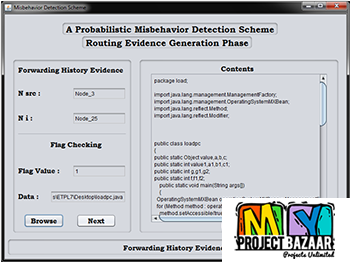
In vivo Estimation of Attenuation and Backscatter Coefficients from Human Thyroids
Product Description
In vivo Estimation of Attenuation and Backscatter Coefficients from Human Thyroids
Abstract— Fine-needle aspiration (FNA) remains the gold standard for the diagnosis of thyroid cancer. However, currently a large number of FNA biopsies result in negative or undetermined diagnosis, which suggests better non-invasive tools are needed for the clinical management of thyroid cancer. Spectral-based quantitative ultrasound (QUS) characterizations may offer a better diagnostic management as previously demonstrated in mouse cancer models ex vivo. As a first step towards understanding the potential of QUS markers for thyroid disease management, with the spectral-based QUS estimation of healthy human thyroids in vivo. Twenty volunteers were inspected by a trained radiologist using two ultrasonic imaging systems, which allowed to acquire radiofrequency data spanning the 3 to 16 MHz frequency range. Estimates of attenuation coefficient slope (ACS) using the spectral logarithmic difference method had an average value of 1.69 dB/(cm.MHz) with a standard deviation of 0.28 dB/(cm.MHz). Estimates of backscatter coefficient (BSC) using the reference phantom method had an average value of 0.18 sr-1.cm-1 over the useful frequency range. Overall, an excellent agreement in the estimated attenuation and backscatter coefficients with both scanners was exhibited. Because ultrasonic screening does not provide sufficient level of diagnostic accuracy, the evaluation of thyroid cancer relies on the use of fine-needle aspiration biopsy. < final year projects >
Including Packages
Our Specialization
Support Service
Statistical Report

satisfied customers
3,589
Freelance projects
983
sales on Site
11,021
developers
175+Additional Information
| Domains | |
|---|---|
| Programming Language |
















